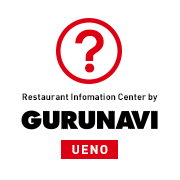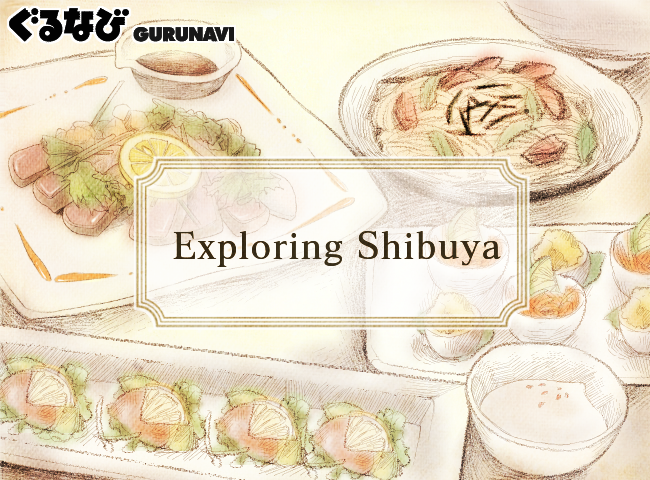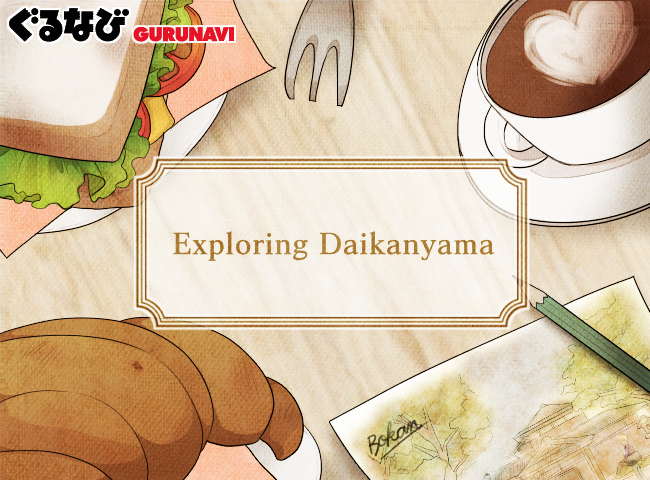Food Tourism | Articles on Japanese Restaurants | Japan Restaurant Guide by Gurunavi
Sightseeing with Food
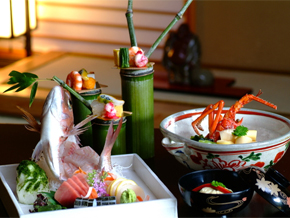
Here are some places to go to, not for eating, but to experience what a Japanese market is like and see some dishes and ingredients you wouldn't normally see. Let's take a look at some non-restaurant food sightseeing areas in Japan.
Origin of Food Sightseeing

Some facilities and towns have been well-known for their food and have naturally become tourist hotspots. Others are theme parks or town projects specifically built as tourist destinations.
Enjoying Food Sightseeing
Market Manners

The Tsukiji Fish Market, famous as a food-related tourist hotspot, was not built for sightseeing. The complex functions as a market for distributing foodstuffs around the Tokyo vicinity. In recent years, due to inconsiderate tourists, visiting the market was temporarily prohibited. Please remember that visiting the market makes it more difficult for workers there to do their jobs.
Points to remember:
* Camera flashes are prohibited
* Don't touch the food
* Don't get in the way of workers
* Don't go in prohibited areas
Additionally, because the market uses lots of water, the floor is slippery. Please wear comfortable shoes when visiting.
Gather Information
Many facilities and towns that have been converted for tourism offer sightseeing pamphlets in many languages. These often have maps and restaurant recommendations.
Typical Sightseeing Spots
Here are some typical sightseeing spots.
Tsukiji Ichiba (Tokyo)
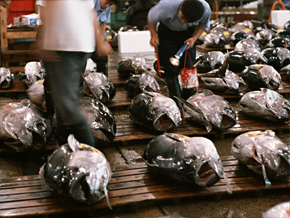
The world's largest public wholesale market, the Tsukiji market deals mainly in seafood. The fish auction area is very lively. There are many restaurants around the market where you can get a quick, cheap, and filling domburi (rice bowl with one of many kinds of toppings). The market is closed on Sundays and holidays, as well as a few other market holidays. Check the market schedule before visiting. Many shops close in the afternoon, so it is recommended to go in the morning on a weekday.
Yokohama Chukagai (Yokohama Chinatown, Yokohama City, Kanagawa Prefecture)

The Yokohama Chinatown developed as a result of being near Yokohama Port where many Chinese people settled. Chinese restaurants gradually increased, and currently there are over 200 places to eat. You can try Chinese food from many different regions and enjoy the lively Chinatown atmosphere. Chinese festivals are also held in Chinatown.
Shin-Yokohama Ramen Museum (Yokohama City, Kanagawa Prefecture)
Within this building modeled after an old Japanese town, you can learn about the history of ramen and try different ramen styles from around Japan. Mini-size ramen is offered so visitors can try many different kinds before getting full. The museum shop also sells ramen that you can make at home.
Instant Ramen Museum (Ikeda City, Osaka Prefecture)
In addition to learning about the history and preparation of instant ramen, there are also events where you can try to make your own favorite instant ramen.
Ichigo-Gari, Budo-Gari (All Throughout Japan)

Some farms let you can pick your own strawberries, grapes, or other fruits. Usually you eat the fruit as you pick them. In addition to strawberries and grapes, some farms also offer oranges, pears, and melons.



